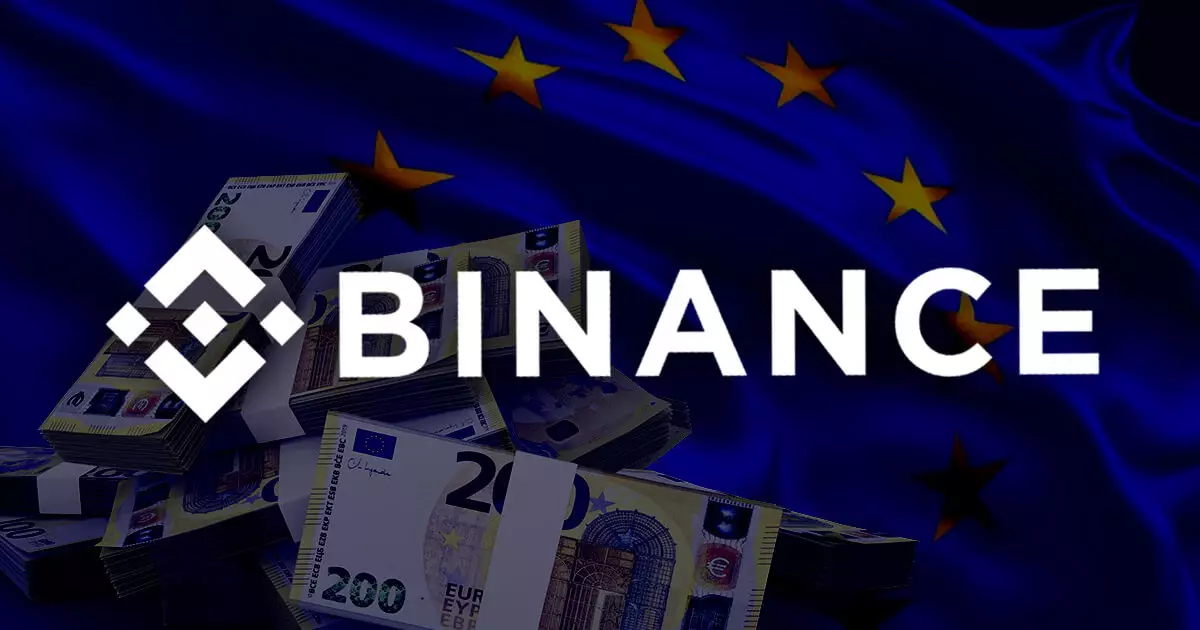Recently, Binance made an announcement on June 3 about limiting the availability of “unregulated stablecoins” in the European Union by June 30. This decision is in alignment with the upcoming Markets in Crypto-Assets Regulation (MiCA) in the region. The crypto exchange stated that some stablecoins may not adhere to the new regulations and will consequently face restrictions. Although Binance did not specify which stablecoins would be impacted, it mentioned that this action is a crucial step towards adapting to the new regulatory framework and will have a significant influence on the stablecoin market in the European Economic Area (EEA).
Binance has proposed a phased approach to ensure compliance with the new stablecoin regulations in Europe. Users will have the option to convert their holdings in unregulated stablecoins to other digital assets such as Bitcoin, Ethereum, regulated stablecoins, and fiat currencies. These transitional measures aim to facilitate EEA users in transitioning to Regulated Stablecoins while averting any market disruptions and adhering to the rules imposed by MiCA. Moreover, Binance will be implementing restrictions across its entire range of products, disallowing users from accessing any new services or products involving unauthorized stablecoins.
The MiCA legislation in the European Union is expected to be fully operational by the end of 2024, with stablecoin regulations coming into effect this month. Under the new rules, only Electronic Money Institutions (EMIs) and credit institutions are authorized to issue stablecoins, aligning with the existing EU Electronic Money Directive (EMD). Popular cryptocurrency exchanges like Kraken and OKX are actively working to comply with these regulations, possibly leading to the removal of Tether’s USDT stablecoin from their platforms. On the other hand, Circle and its USDC stablecoin are in a favorable position to meet the requirements set forth by the EU. Circle took proactive steps by applying for an EMI license in December 2023 after receiving conditional registration in France. This strategic move is part of Circle’s efforts to align with the EU’s MiCA regime.
Dante Disparte, the Chief Strategy Officer at Circle, emphasized the importance of MiCA, highlighting that it should not be overlooked or disregarded by the crypto industry. Circle’s proactive approach to compliance and regulatory alignment demonstrates their commitment to meeting the standards set by the EU. By securing an EMI license and adhering to the MiCA regime, Circle is positioning itself as a stable and compliant player in the European market.














Leave a Reply